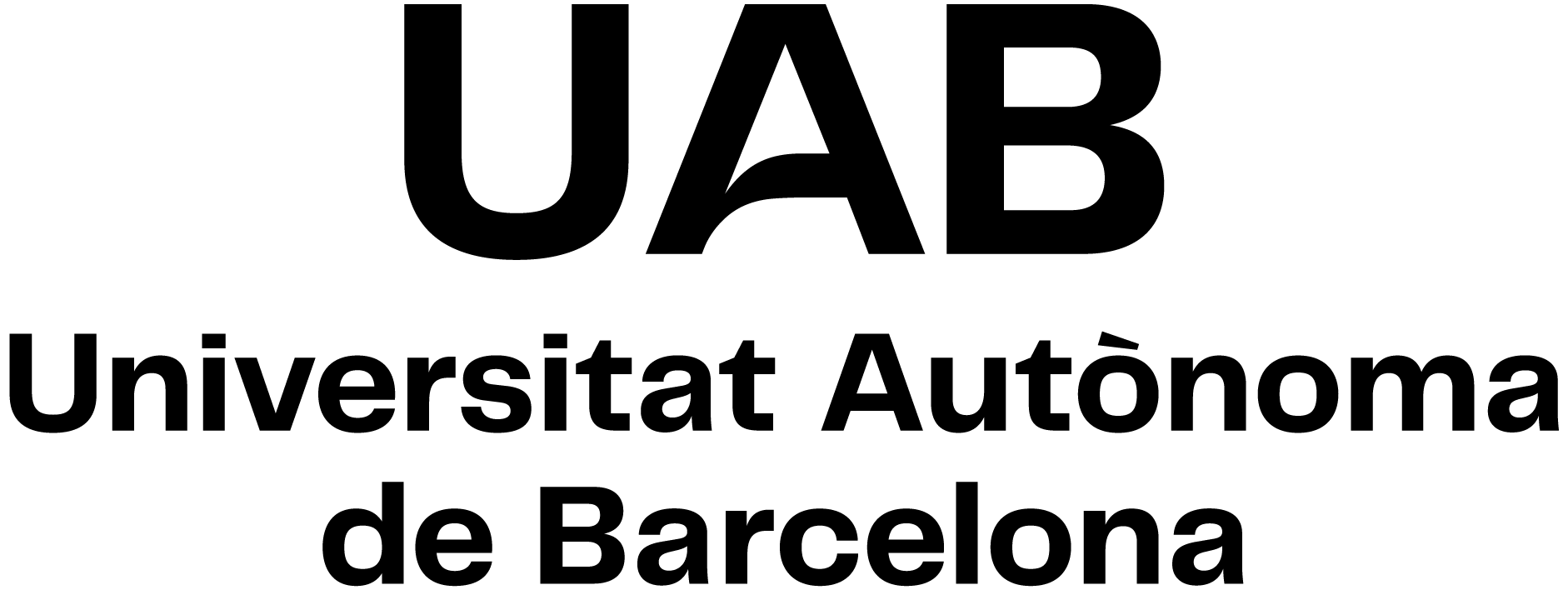
Basics of Logistics and Supply Chain Management
Code: 44756 ECTS Credits: 6| Degree | Type | Year |
|---|---|---|
| 4318306 Logistics and Supply Chain Management | OB | 1 |
Contact
- Name:
- Laura Calvet Liņan
- Email:
- laura.calvet.linan@uab.cat
Teaching groups languages
You can view this information at the end of this document.
Prerequisites
Being one of the initial courses in this master, no special prerequisites are needed (i.e., any student that has been accepted in this master is assumed to have the necessary technical and quantitative background to follow the course without many difficulties).
Objectives and Contextualisation
- To provide a practical introduction to the field of Logistics & Supply Chain Management (LSCM).
- To learn the strategic importance for any firm of good supply chain design, planning, and operation.
- To analyze how supply chain agents can be used during supply chain design, planning, and operation to improve performance.
- To provide a basic understanding of analytic methodologies for supply chain analysis.
Learning Outcomes
- CA01 (Competence) Compile basic analytical methodologies in order to analyse supply chains.
- KA01 (Knowledge) Identify basic LSCM terminology.
- KA02 (Knowledge) Understand LSCM as a specific field and recognise its basic strategies.
- KA03 (Knowledge) Understand the general LSCM framework.
- SA01 (Skill) Distinguish between specific problems in the field of LSCM.
- SA02 (Skill) Analyse and discuss cases, problems and challenges related to requirements and logistical options.
- SA03 (Skill) Assess the impact of logistics and SCM activities.
- SA04 (Skill) Analyse strengths and weaknesses by comparing them to best practices in LSCM.
Content
- Overview and introduction to LSCM
- SC Drivers and distribution network
- Network design deterministic
- Network design uncertainty
- Transport
- Warehousing and material handling
- Forecasting methods
- Aggregate planning
- Economies of scale and inventories
- Review of concepts and current topics
Note: This course represents a first introduction to LSCM. In order to give a global picture of most LSCM topics, a lot of concepts are introduced in the course. Some of these concepts will appear again in other courses of the Master, where they will be analyzed in more detail.
Activities and Methodology
| Title | Hours | ECTS | Learning Outcomes |
|---|---|---|---|
| Type: Directed | |||
| Evaluation Activities | 5 | 0.2 | |
| Problem Sessions | 5 | 0.2 | |
| Theory Lectures | 20 | 0.8 | |
| Type: Supervised | |||
| Practise Sessions | 15 | 0.6 | |
| Type: Autonomous | |||
| Activities | 25 | 1 | |
| Personal Study | 30 | 1.2 | |
| Report and Oral Presentation 1 | 25 | 1 | |
| Report and Oral Presentation 2 | 25 | 1 |
The course is organized through lectures.
The learning process will combine the following activities:
- Theoretical classes
- Problem sessions
- Practical sessions: computer room, teamwork and oral presentation
- Autonomous work
Annotation: Within the schedule set by the centre or degree programme, 15 minutes of one class will be reserved for students to evaluate their lecturers and their courses or modules through questionnaires.
Assessment
Continous Assessment Activities
| Title | Weighting | Hours | ECTS | Learning Outcomes |
|---|---|---|---|---|
| Exercises to do in class | 10% | 0 | 0 | CA01, KA01, KA02, KA03, SA01, SA02, SA03, SA04 |
| Report and Oral Presentation 1 | 20% | 0 | 0 | KA01, KA02, KA03, SA01 |
| Report and Oral Presentation 2 | 25% | 0 | 0 | SA01, SA02, SA03, SA04 |
| Test 1 | 22,5% | 0 | 0 | CA01, KA01, KA02, KA03 |
| Test 2 | 22,5% | 0 | 0 | SA01, SA02, SA03, SA04 |
The final grade will be calculated based on the evaluation of different activities:
- 2 Tests
- 2 Reports and an oral presentation in groups of 2 or 3 students
- Exercises to be done in class
All activities must be submitted within the deadlines indicated by the teacher.
To pass the subject it is necessary to meet the 3 requirements described below.
- The overall grade must be equal to or higher than 5
- The mark for each report must be no less than 4
- The mark of each test must be no less than 2.5
Bibliography
During the course, the instructor will provide students with a complete set of slides in PDF format. These slides also contain references to scientific articles that will be accessible either in open access format or via the University library.
Some additional books that students can optionally check to extend their knowledge on the topics of this course are listed below:
- Bowersox, D.; Closs, D.; Cooper, M.; Bowersox, J. (2019): Supply Chain Logistics Management. McGraw Hill. Chopra, S.; Meindl, P. (2018): Supply Chain Management. Prentice Hall.
- Jonsson, P. (2008): Logistics and Supply Chain Management. McGraw Hill.
- Waters, D. (2009): Supply Chain Management: An Introduction to Logistics. Palgrave Macmillan.
- Wiston, W.; Albright, S. (2008): Spreadsheet Modeling and Risk Analysis. Cengage Learning.
Software
This course makes use of the following software: MS Excel, Open Solver for Excel, R, and Python.
Language list
| Name | Group | Language | Semester | Turn |
|---|---|---|---|---|
| (PAULm) Classroom practices (master) | 1 | English | first semester | morning-mixed |
| (PLABm) Practical laboratories (master) | 1 | English | first semester | morning-mixed |
| (TEm) Theory (master) | 1 | English | first semester | morning-mixed |